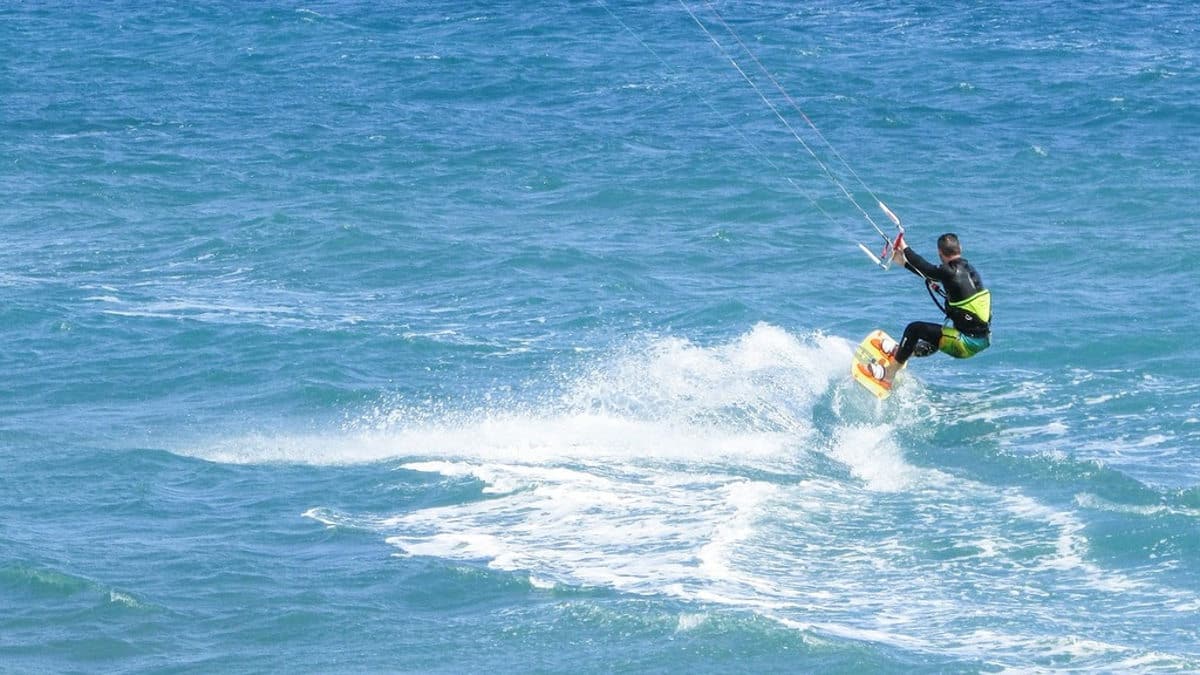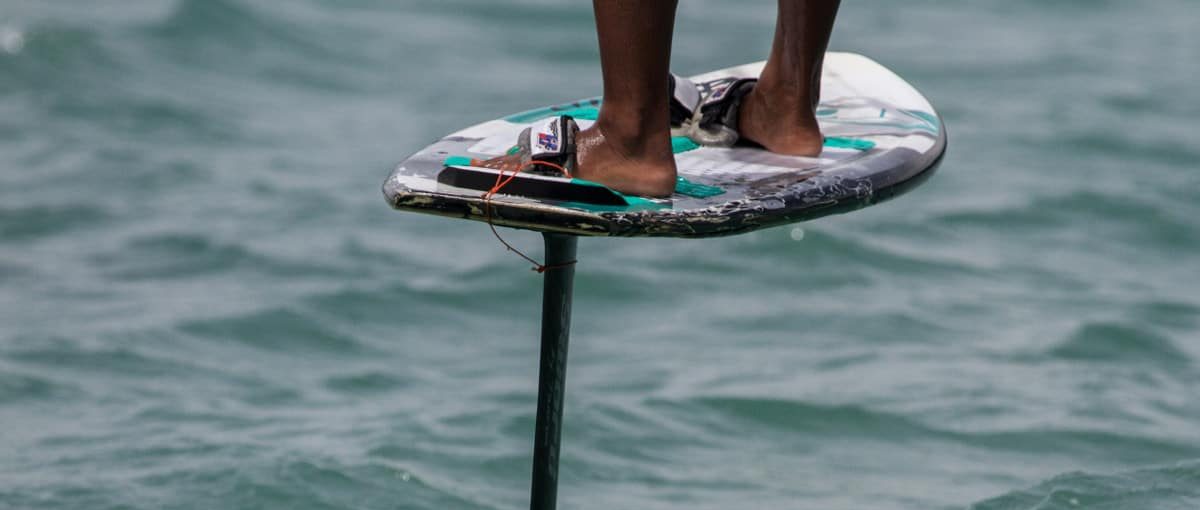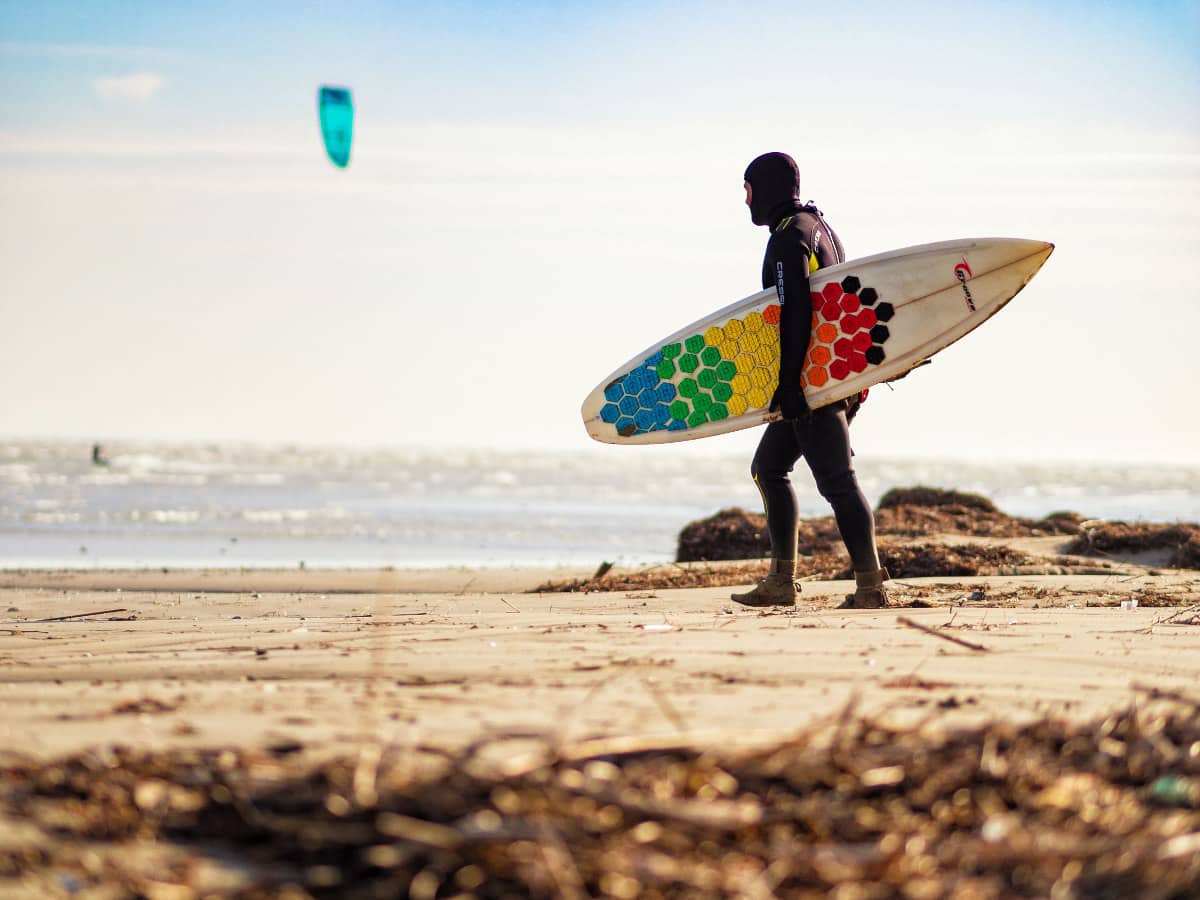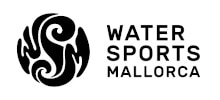What size kitesurf board do I need?
This is a question that any kitesurfer asks when it’s time to renewing their kitesurf board. If you are a rookie and it is the first time you are in this position you will probably have more doubts. This is why in this post we want to give you some tips to take into account before making your choice.

Characteristics of the kitesurf board
Before buying a kitesurfing board we must decide many things, among others: if we want to start with a second hand table and once we have improved in the sport buy a new one; we must also choose the type of kitesurfing we are going to practice and in what area we are going to do it.
There are two types of boards:
- bidirectional (or twin-tip)
- directional.
The twin-tip boards are the most common for kitesurfing since they are symmetrical and therefore easier to handle. To start it is recommended to have a table with Freeride features, the size of which will vary according to the user.
When selecting an appropriate table we must clearly know what characteristics to take into account. The Rocker, curvature of the board from end to end, is very important. Its function is to increase or decrease the speed of the table, higher when flatter and slower when more curved. Also, the greater the curvature of the rocker the further back the rider must be positioned to have more control over the board.
Therefore, the choice of the curvature of the board takes on special importance, and we must take into account the way we will practice kitesurfing and the weather and wave conditions that will await us.
We must not forget that practicing a sport safely is essential to enjoy its practice and of course to let others also enjoy it
The shape of the board is another important point to take into account when choosing the best kitesurfing board. This is the profile of our board when it is on the ground. The more curvature it has the more we can rotate on it, and therefore we get a better manoeuvrability. But the most decisive element in the choice of a kitesurfing board is its volume.
The volume is directly related to the weight of the person (or rider) who is going to use it, a greater volume for a greater weight of the rider. But, the size and type of wave must also be considered to choose a table of adequate volume.
Last but not least, when we want to acquire a kitesurfing board we must pay attention to the straps. The straps are the tapes that fix the feet to the table. The more aggressive our practice the more grip we need on the board.
However, not having straps is more natural for the rider giving more contact to the board – although much more difficult to manage – and is only recommended for advanced practice levels.
Kitesurfing teaching and learning mistakes
When taking the first steps in kitesurfing there is usually a series of common mistakes that are made due to lack of awareness or knowledge. For this reason in this post we want to give you some tips to keep in mind if you want to get in the world of kitesurfing.
- Apprenticeship: We recommend you very much to look for a kitesurfing school to learn together with a professional. With the word “professional” we do not refer only to years of experience on the board but also to good teaching skills. Learning on your own has some disadvantages such as: learning very slowly, risking injury and harming others and easily committing common mistakes that can make you catch fear of the kite and stop practicing all together.Therefore, we recommend that you put yourself in the hands of qualified kitesurfing instructors who will teach you safe and effective training methods.
- Economic consideration: you must be willing to allocate part of your budget to learning and practicing kitesurfing. Whether you want to buy new equipment or second-hand equipment, technical clothing is not cheap. Without forgetting the necessary training course before starting to navigate.
- Doubts: if you’re not sure wether you’re going to like this sport, there’s nothing to worry about, you can simply try a “training kite” that is a smaller kite safer and cheaper than the original. This is a good option to try new sensations and find out if you would like to step to the next level or not. In addition, training kites are a safe and fun way to practice the coordination that is needed later with a proper size kite.
We can also talk about common mistakes when learning to navigate on the board:
- Wind too strong for the size of the kite
- Forgetting to connect the safety line to the kite before lifting it
- Not paying attention to the other kiters and crossing the kites
- Not having the basic knowledge to navigate safely for oneself and other practitioners






